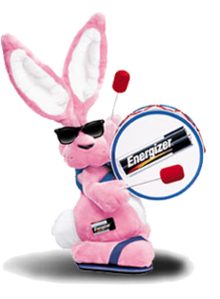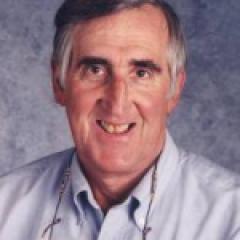Some Thoughts on Science Education Reforms in the Past Century
Policymakers have tried to improve science education by altering curriculum for well over a century. The dream is that a new curriculum will get teachers to shift routine classroom practices and changed teaching practices will get students to learn more and better science. Over time, clear patterns have emerged from those dreams.
*Persistent shifting in purposes for science education, uncertainty over how best to teach the subject, and how to assess student learning. Multiple and competing aims for science education have plagued policymakers, academic scientists, practitioners, and reformers of all stripes for decades. Back-and-forth, time and again, different purposes have reverberated through the multi-layered curriculum (official, taught, learned, and tested), echoing previous reform efforts at the beginning of the 20th century, before and after Sputnik, and since the 1980s.
And there were differences over how to teach science. The dichotomy about teaching about science (e.g., teachers teaching directly to students the knowledge and skills associated with disciplines of biology, chemistry, and physics) as opposed to learning to do science (e.g., hands-on classroom activities, discovering scientific principles through inquiring into real-world problems) has run like a tangled thread through past and present efforts to alter science curricula. Transmitting content to unknowing learners through texts, lectures, and demonstrations or learners dealing with questions that scientists ask and trying to answer them produced tensions—and slogans–among policymakers, curriculum specialists, and practitioners repeatedly. Should students become literate in science to do what scientists do or literate because, as citizens, they will have to deal with questions about climate change, pollution, health, technology, and statistical claims? No certainty on answers to this and similar questions has emerged yet the cycle of science education reform keeps going.
*Plans for structural changes have consistently come from top of the policymaking pyramid, not the bottom. Drum roll, please, for past plans to reorganize science: The Committee of Ten (1893); Commission on Reorganization of Secondary Education (1918); National Science Foundation grants and National Defense Education Act (1950s); the National Science Teachers Association and Academy of Science curriculum standards (1980s and 1990s); the National Research Council’s “Framework for K-12 Science Education: Practices, Crosscutting Concepts, and Core Ideas” (2011). Academic scientists, science educators, textbook publishers, and organized teachers advance their separate interests by lobbying top decision-makers to make policies that support their positions. It has been uncommon that curricular changes in science education have either begun with or spread from teachers to top decision-makers who then adopt them.[i]
*Historically, top-down designs for structural changes have run afoul of the multi-layered curriculum in U.S. schools. The strata of official, taught, learned, and tested curricula have revealed time and again that changes in the top layer—the official or intended curriculum—may or may not show up in other strata. Without changes in teaching practices and the state and district tests that students take, the chances of students learning what is intended approach nil.
* Policymakers have come to slowly recognize that within the curricular structure are the crucial supports of pedagogy, assessment, professional development, and the age-graded school. Over the decades, decision-makers now see that it is precisely this infrastructure that determines whether an intended curriculum gets implemented in teaching practices, what students take away from lessons, and what is tested.
In the past century of science curricular change, these patterns have become clear although issues arising from these patterns still remain unresolved. Changes have indeed occurred time and again but reforms of actual classroom practices have often disappointed advocates of a better science education. Yet amid repeated disappointments over a new science curriculum improving classroom teaching, reform-driven designs for better teaching and learning, like the Energizer Bunny, continue.
[i] In 1991, the National Science Teachers Association asked the National Research Council to develop standards for science education. According to the publication of Inquiry, “Between 1991 and 1995, groups of teachers, scientists, administrators, teacher educators, and others organized by the NRC produced several drafts of the Standards and submitted those drafts to extensive review by others in these same roles.” While teachers were clearly involved in the creation of science standards that were published in 1996, still this was not a bottom up effort where teachers across the nation or even critical masses of science teachers championed standards for teaching science. See Inquiry and The National Science Education Standards: A Guide for Teaching and Learning(Washington, D.C.: National Academy Press, 2000), Preface.
Related articles
- Envisioning A New Path For K-12 Science Education (artofthestem.com)
- Obama calls for boosting science education (msnbc.msn.com)
This blog post has been shared by permission from the author.
Readers wishing to comment on the content are encouraged to do so via the link to the original post.
Find the original post here:
The views expressed by the blogger are not necessarily those of NEPC.

